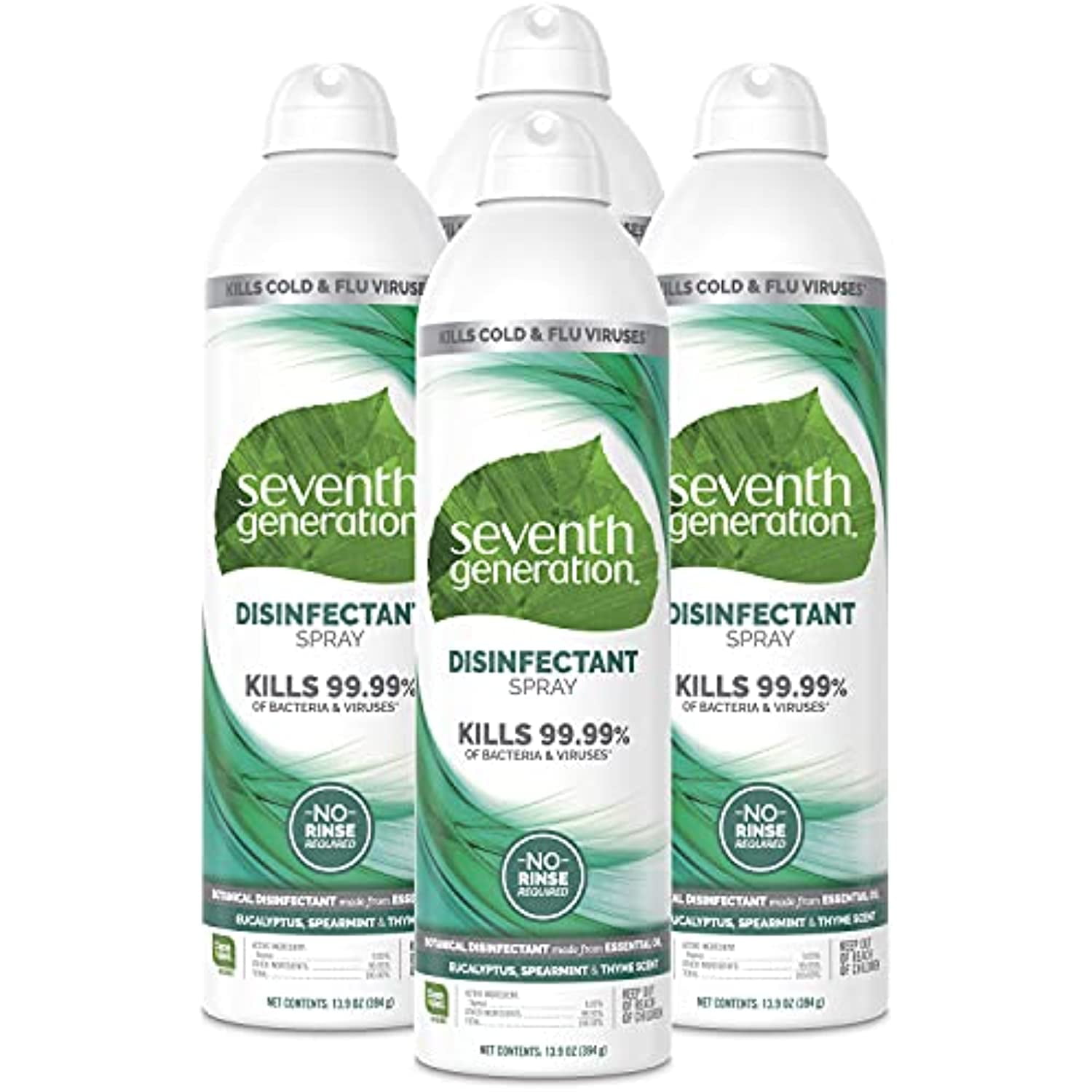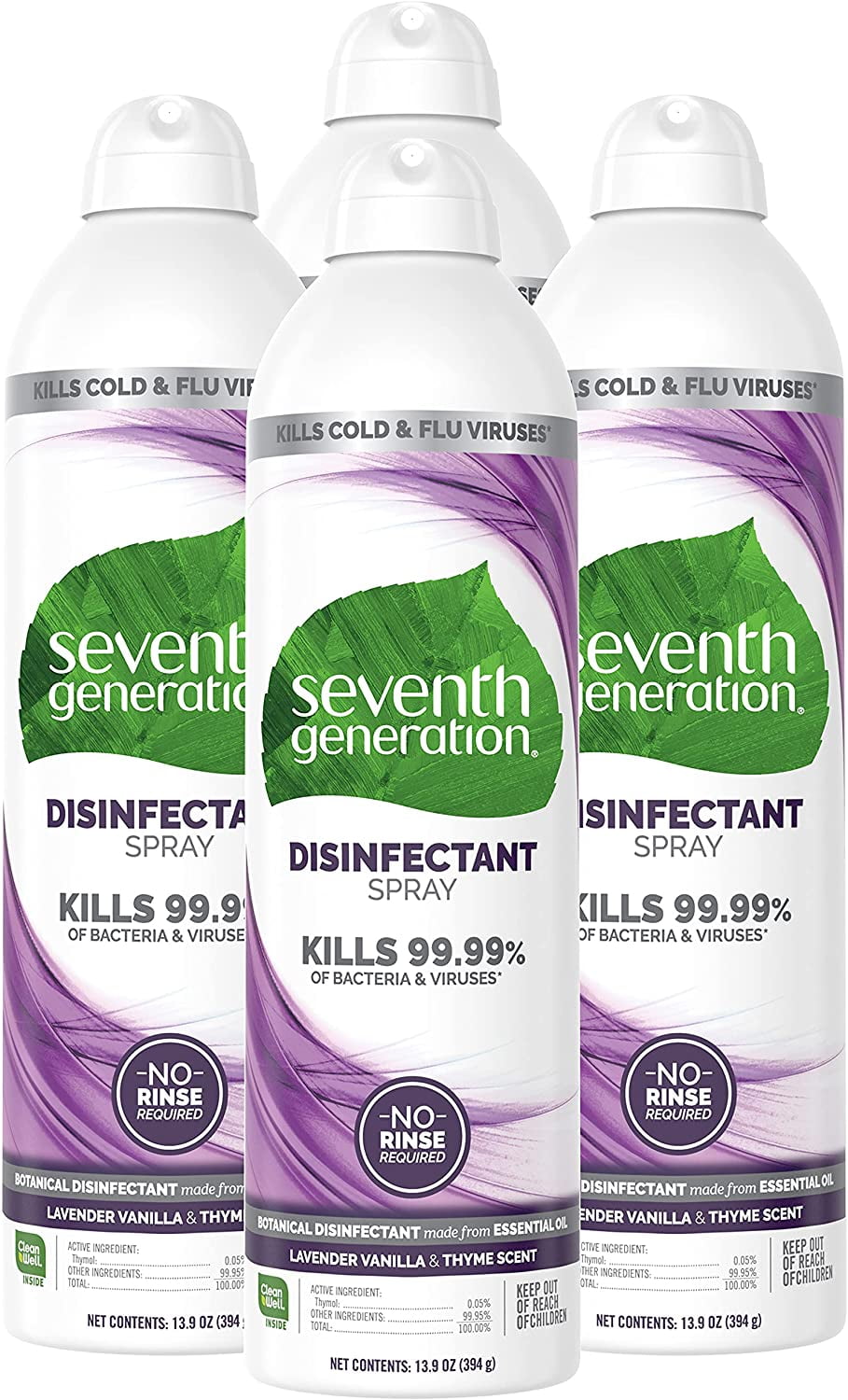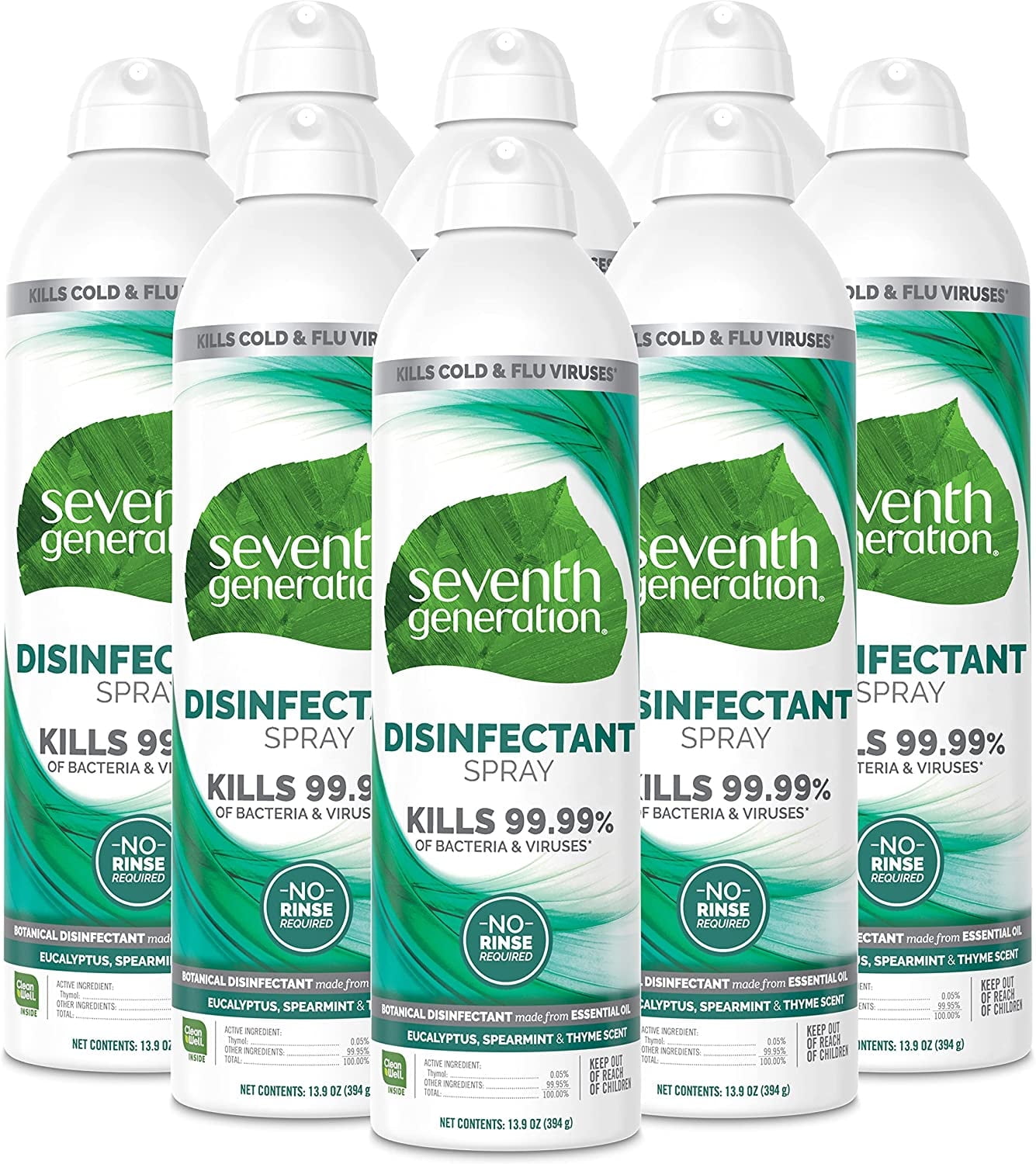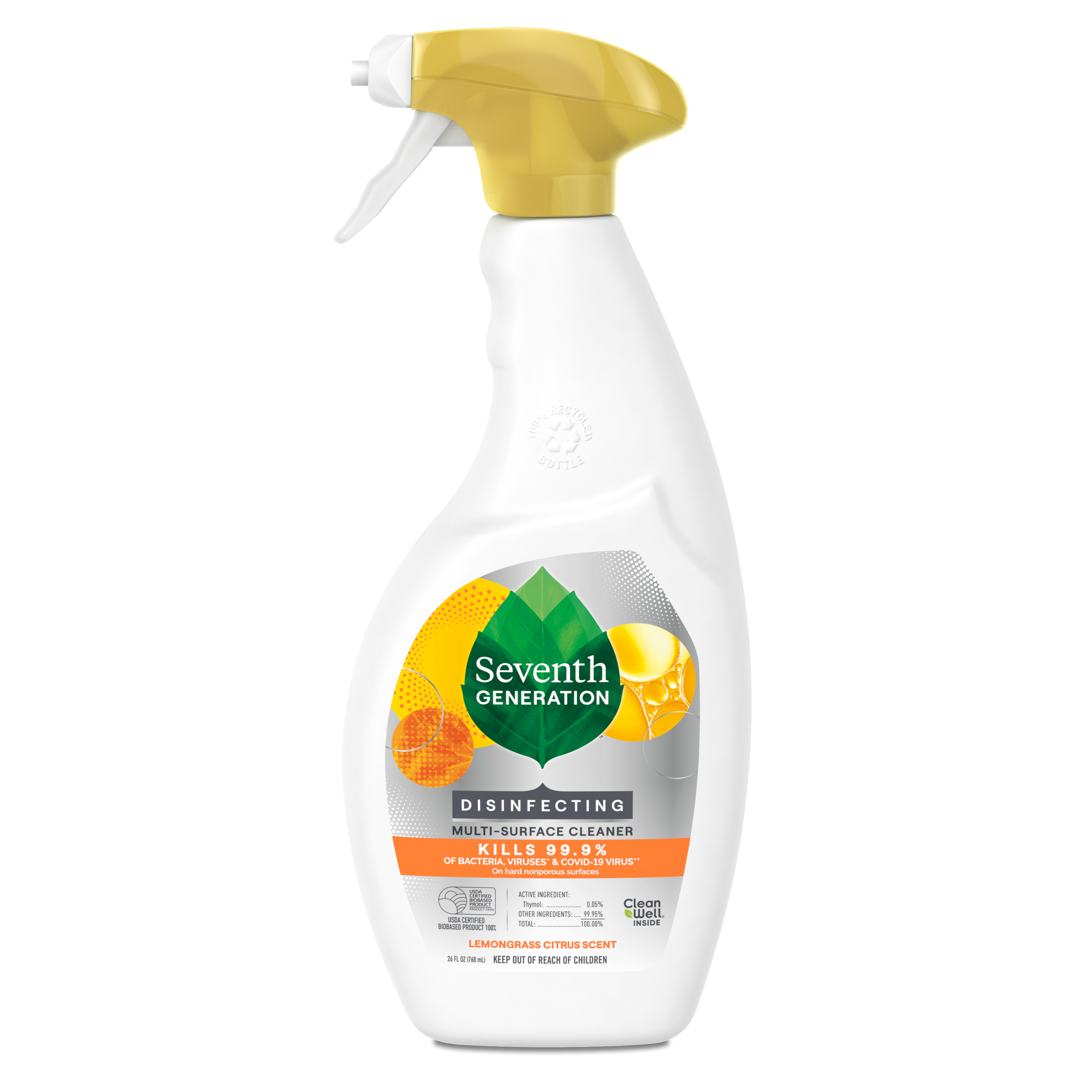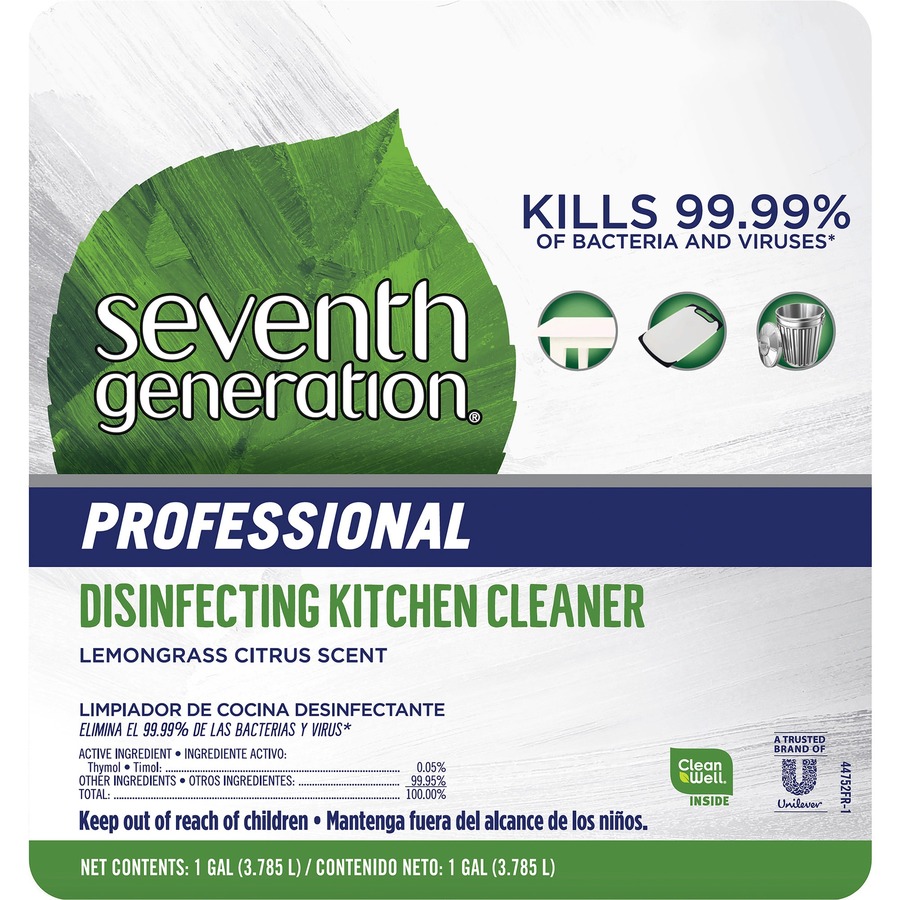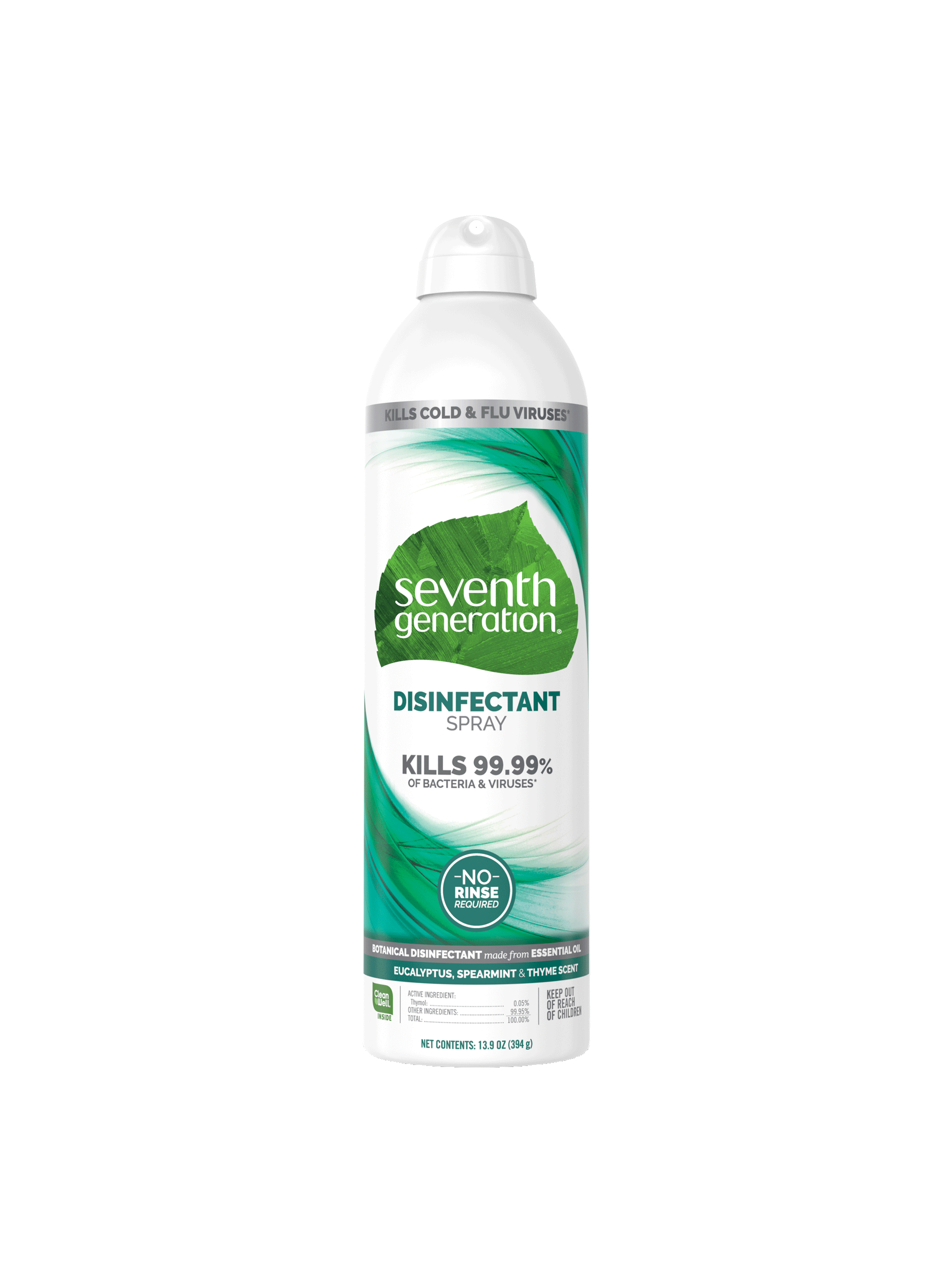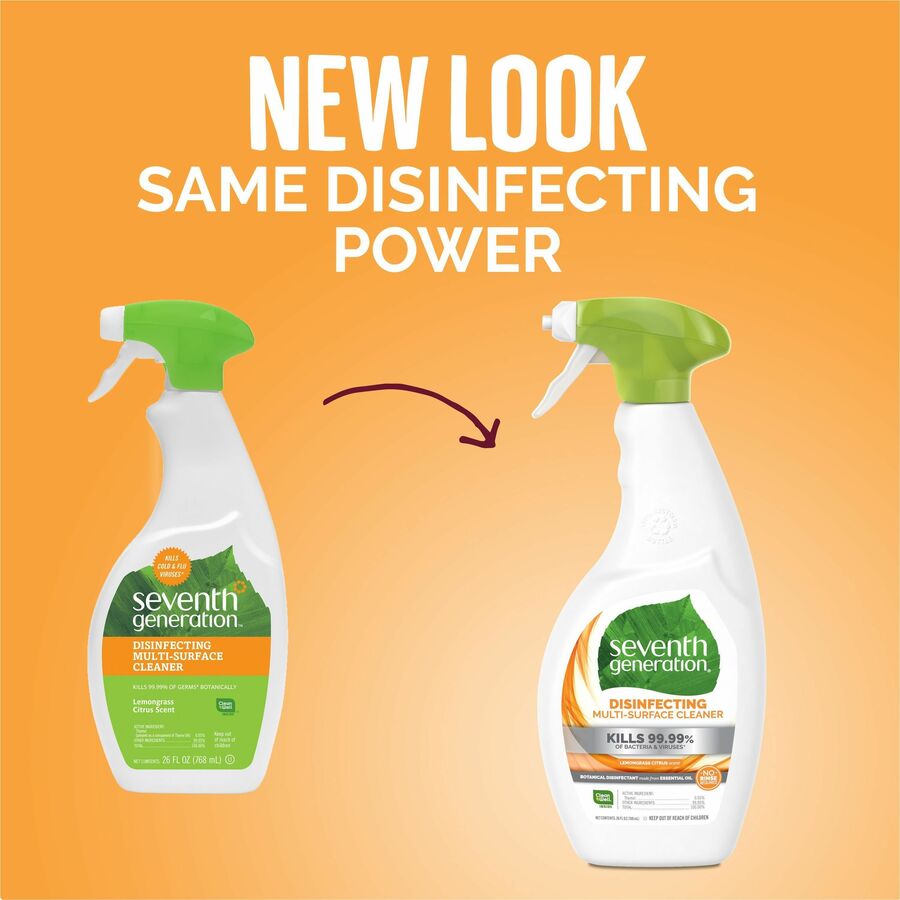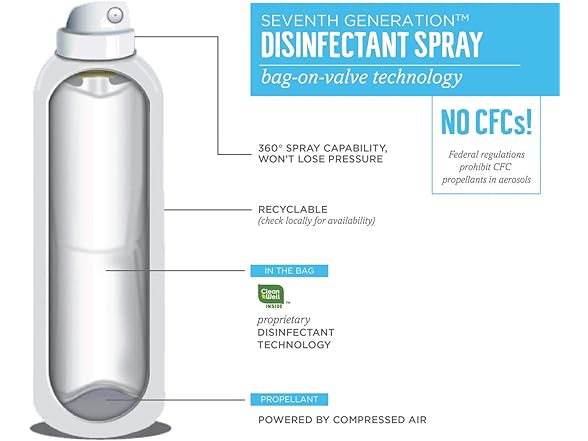Does Seventh Generation Disinfectant Spray Kill Norovirus

Imagine this: It's late at night. You've just cleaned up after a stomach bug swept through your family. Now, armed with your trusty bottle of Seventh Generation Disinfectant Spray, you meticulously spray down every surface, hoping you've banished the dreaded norovirus. But a nagging question lingers in the back of your mind: Did it actually work?
The effectiveness of Seventh Generation Disinfectant Spray against norovirus is a complex issue. While the product is marketed as a disinfectant and claims to kill 99.9% of bacteria and viruses, including influenza A, H1N1, Rhinovirus, it's crucial to understand its limitations and the specific viruses it's been tested against. This article will delve into the science behind the spray's formula, explore what independent research and official statements reveal, and offer practical advice for ensuring a truly norovirus-free home.
The Rise of Natural Cleaning and Norovirus Concerns
In recent years, there's been a surge in demand for eco-friendly and plant-based cleaning products. Consumers are increasingly concerned about the harsh chemicals found in traditional disinfectants and their potential impact on health and the environment.
Seventh Generation has emerged as a prominent player in this market, promising effectiveness alongside sustainability. However, the very nature of "natural" disinfectants raises a key question: Can they effectively tackle resilient viruses like norovirus, a common cause of gastrointestinal illness, responsible for countless outbreaks each year?
Norovirus, often mistakenly called the "stomach flu," is highly contagious and spreads rapidly through contaminated surfaces, food, and water. Its ability to survive on surfaces for extended periods and its low infectious dose make it a formidable foe.
Decoding the Disinfectant: What's in Seventh Generation's Spray?
Seventh Generation Disinfectant Spray primarily relies on thymol, a component of thyme oil, as its active ingredient. Thymol is known for its antimicrobial properties and is recognized by the EPA as a disinfectant.
However, the effectiveness of thymol against viruses, including norovirus, depends on several factors, including concentration, contact time, and the specific strain of the virus.
The key is not just the ingredient itself, but how it's formulated and tested. A disinfectant must demonstrate efficacy through rigorous testing protocols to make legitimate claims against specific pathogens.
Independent Research and Official Statements: What the Science Says
According to the EPA (Environmental Protection Agency), Seventh Generation Disinfectant Spray is registered as a disinfectant. Its label states that it kills 99.9% of specified bacteria and viruses on hard, non-porous surfaces.
Crucially, norovirus is not explicitly listed on the product label as one of the viruses it has been proven to kill. The list usually includes influenza A viruses, rhinovirus, Salmonella enterica, and Staphylococcus aureus.
The absence of a norovirus claim is significant. Disinfectant manufacturers must undergo specific testing to prove efficacy against each pathogen they claim to kill. Without this testing, they cannot legally make the claim.
While some studies have explored the potential of thymol and other plant-based compounds against norovirus, results vary, and more research is needed to determine optimal concentrations and contact times for effective disinfection.
Beyond the Spray: A Multi-pronged Approach to Norovirus Prevention
Even if a disinfectant claims to kill norovirus, it's only one piece of the puzzle. A comprehensive approach to prevention is essential, especially during outbreaks.
Here are some crucial steps:
- Handwashing: Frequent and thorough handwashing with soap and water is the single most effective way to prevent the spread of norovirus.
- Surface Cleaning: Clean surfaces with soap and water to remove visible dirt and debris before disinfecting.
- Bleach Solutions: The CDC (Centers for Disease Control and Prevention) recommends using a bleach solution (5–25 tablespoons of household bleach per gallon of water) to disinfect surfaces contaminated with norovirus. Always follow safety precautions when using bleach.
- Laundry: Wash contaminated clothing and linens thoroughly with hot water and detergent.
- Food Safety: Practice safe food handling techniques, including washing fruits and vegetables thoroughly and cooking food to the appropriate temperature.
Remember, contact time is critical for any disinfectant. Be sure to follow the instructions on the product label and allow the disinfectant to remain on the surface for the recommended amount of time to ensure effective killing of pathogens.
The Takeaway: Informed Choices for a Healthier Home
While Seventh Generation Disinfectant Spray can be a useful tool for general cleaning and disinfection, it's important to recognize its limitations when it comes to norovirus. Its primary active ingredient, thymol, has antimicrobial properties, but the product's label does not claim efficacy against this specific virus.
To effectively combat norovirus, consider using bleach solutions recommended by the CDC for disinfection, especially in areas where contamination is likely. Always prioritize handwashing and other preventive measures.
In conclusion, while Seventh Generation contributes to a trend towards more environmentally friendly cleaning options, it's crucial to approach disinfection with informed awareness, verifying claims, and combining products wisely to safeguard your family's health.


